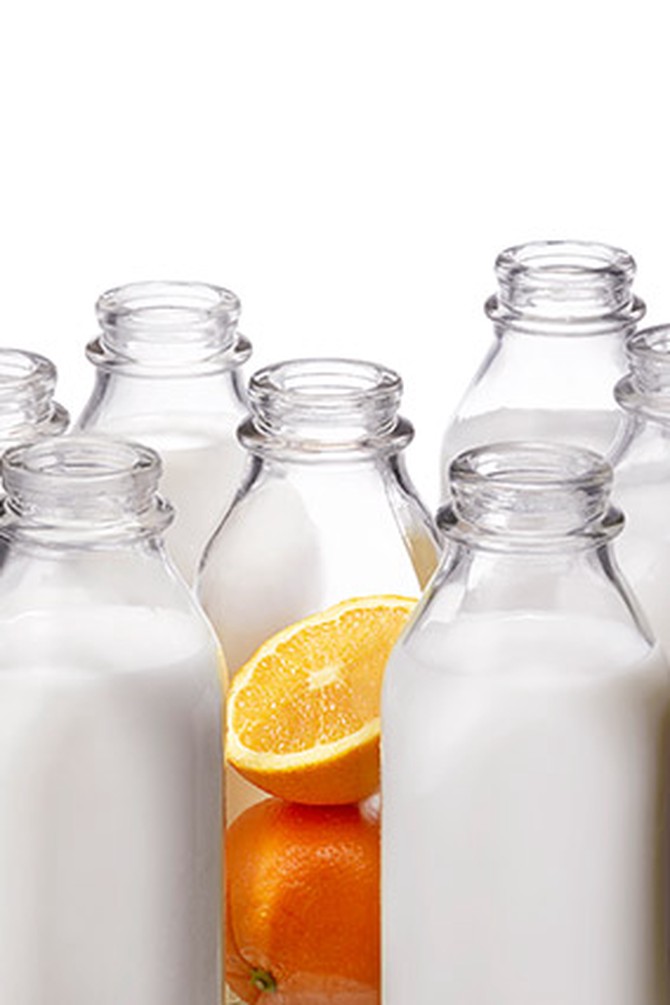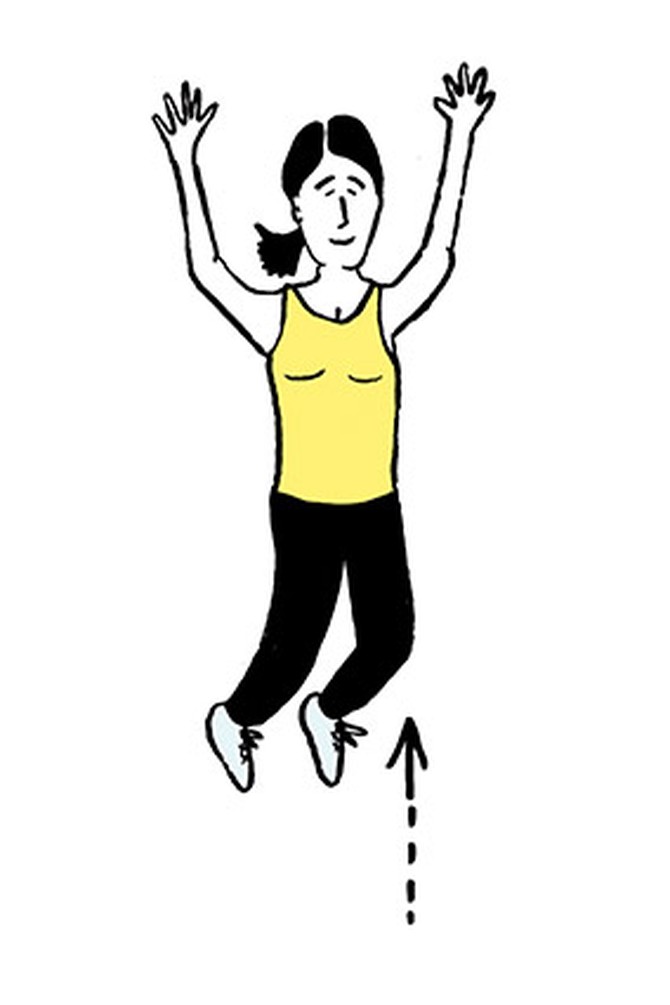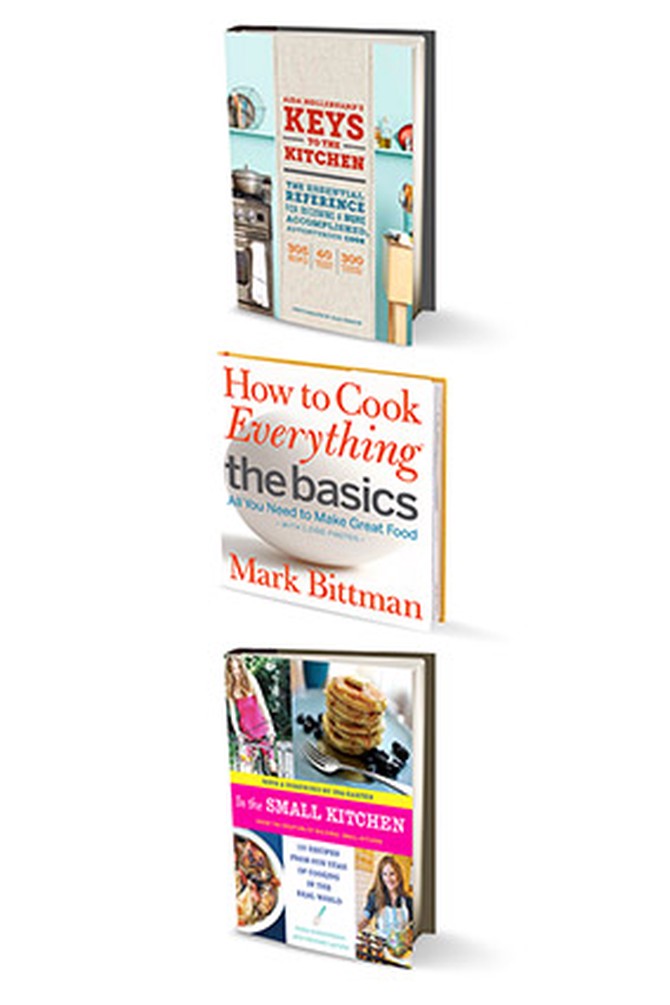Dr. Oz's Guide to Getting Healthy in Your 20s
You're at your physical peak, and making smart choices in this decade will lay a foundation of good health for the rest of your life.
By Dr. Mehmet Oz

Photo: Levi Brown
Eat This: Make Calcium a Must
Bone mass can increase until around age 30, which means you still have time to lower your risk for osteoporosis later in life. Boost your calcium intake through diet rather than supplements. (Real foods provide fiber and additional nutrients.) Dairy is a great source, but other food groups also offer options for meeting the recommended daily allowance of 1,000 milligrams. Keep in mind, vitamin D is essential for calcium absorption, so head outdoors without sunscreen for ten to 15 minutes three times a week to get a dose of D from the sun.
To reach your RDA, consider:
6 ounces calcium-fortified orange juice = 338 milligrams
1 whole wheat English muffin = 175 milligrams
22 dry-roasted almonds = 75 milligrams
3 ounces canned pink salmon = 233 milligrams
1/2 cup black-eyed peas = 106 milligrams
1 1/2 Tbsp. chia seeds = 96 milligrams
Total: 1,023 milligrams calcium
To reach your RDA, consider:
6 ounces calcium-fortified orange juice = 338 milligrams
1 whole wheat English muffin = 175 milligrams
22 dry-roasted almonds = 75 milligrams
3 ounces canned pink salmon = 233 milligrams
1/2 cup black-eyed peas = 106 milligrams
1 1/2 Tbsp. chia seeds = 96 milligrams
Total: 1,023 milligrams calcium

Illustration: Joel Holland
Do This: Bone Up by Working Out
Breaking a sweat is another good way to ensure that your frame stays strong. Weight-bearing and strength-training exercises exert force on your bones, which in turn actually stimulates new growth. Aim for three weekly 30-minute sessions with movements like these, suggested by my personal trainer, Donovan Green:
Do the following exercises for 30 seconds each, shifting to the next one in the sequence without resting. Repeat the circuit two to six times (pause for 90 seconds between each), depending on your fitness level.
1. Squat Jacks
Perform jumping jacks in a squat position.
2. Knee Tucks with Push-Ups
Position yourself in the "up" phase of a push-up, then hop both knees forward toward your chest. Jump your legs back to your original stance and do a push-up. Repeat.
3. Jump Squats
Return to a squat pose and leap as high as you can, landing with your knees bent. Repeat.
Do the following exercises for 30 seconds each, shifting to the next one in the sequence without resting. Repeat the circuit two to six times (pause for 90 seconds between each), depending on your fitness level.
1. Squat Jacks
Perform jumping jacks in a squat position.
2. Knee Tucks with Push-Ups
Position yourself in the "up" phase of a push-up, then hop both knees forward toward your chest. Jump your legs back to your original stance and do a push-up. Repeat.
3. Jump Squats
Return to a squat pose and leap as high as you can, landing with your knees bent. Repeat.

Photo: Thinkstock
Test This: Get a Pap Smear
Yearly visits to the gynecologist are recommended, but for most women, annual Pap smears to screen for cervical cancer are not. Plan to have your first test at age 21, then retest every three years thereafter. (Precancerous cervical growths typically take years to progress to cancer.) Some guidelines once advised smears for all women within three years of becoming sexually active, regardless of age, but the U.S. Preventive Services Task Force recently ruled against testing anyone under 21. The reason: When abnormal cells or traces of human papillomavirus—the cause of most cervical cancers—turn up in a young woman, they tend to disappear on their own without treatment.

Avoid This: Grabbing Dinner on the Run
A Brown Medical School study found that 20-somethings eat about 25 percent more fast food than they did as teens. But drive-through dependence typically leads to weight gain, as well as heart disease: Fast food can be high in trans fats, which boost the "bad" (LDL) cholesterol levels that potentially cause fatty deposits to develop in your blood vessels. Instead of heading to your favorite takeout spot, try whipping up quick meals at home.
O food editor Michelle Shih suggests these novice-friendly cookbooks:
In the Small Kitchen by Cara Eisenpress and Phoebe Lapine
These former bloggers know from experience that 20-somethings don't have an unlimited budget; the chatty pair offer tips for preparing meals that won't drain your bank account.
How to Cook Everything: The Basics by Mark Bittman
The New York Times food columnist walks you through broiling fish, roasting chicken wings, and baking pizza, with instructional photos along the way.
Aida Mollenkamp's Keys to the Kitchen
If you've got the basics down, check out the Food Network star's in-depth manual. She gives advice on how to shop smarter, then moves on to recipes like inventive salads and mac and cheese.
Next: Dr. Oz's 24 smart strategies for feeling great at every age
O food editor Michelle Shih suggests these novice-friendly cookbooks:
In the Small Kitchen by Cara Eisenpress and Phoebe Lapine
These former bloggers know from experience that 20-somethings don't have an unlimited budget; the chatty pair offer tips for preparing meals that won't drain your bank account.
How to Cook Everything: The Basics by Mark Bittman
The New York Times food columnist walks you through broiling fish, roasting chicken wings, and baking pizza, with instructional photos along the way.
Aida Mollenkamp's Keys to the Kitchen
If you've got the basics down, check out the Food Network star's in-depth manual. She gives advice on how to shop smarter, then moves on to recipes like inventive salads and mac and cheese.
Next: Dr. Oz's 24 smart strategies for feeling great at every age
From the January 2013 issue of O, The Oprah Magazine
As a reminder, always consult your doctor for medical advice and treatment before starting any program.

